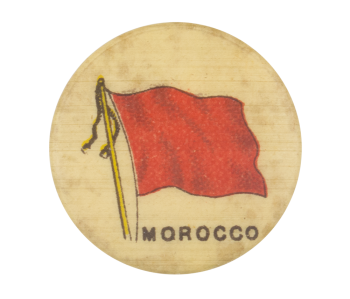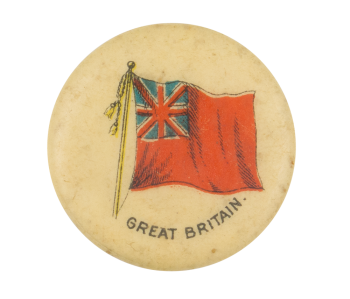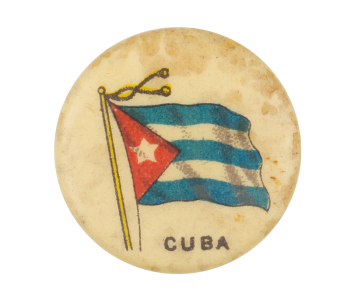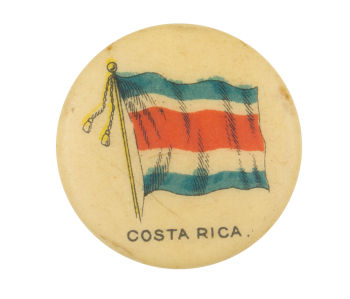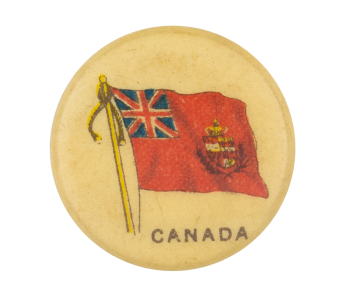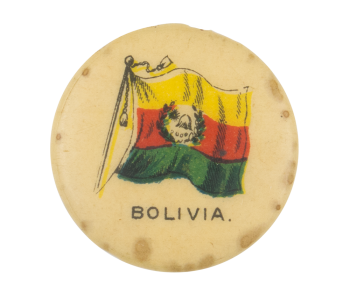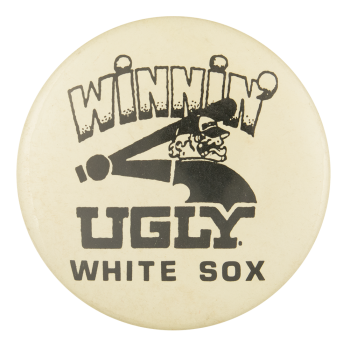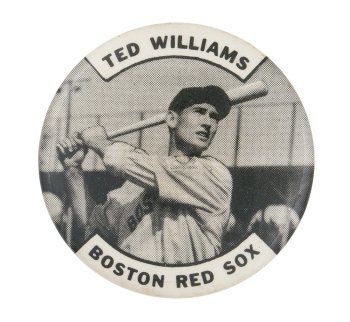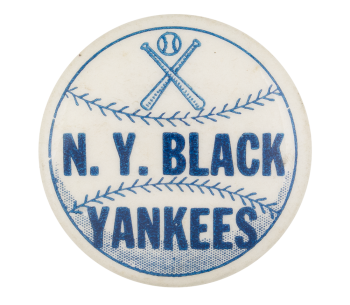Morocco Flag
| Category | |
|---|---|
| Additional Images | |
| Sub Categories | |
| Text on Button | MOROCCO |
| Image Description | Illustration of a red flag over black text on a white background |
| Back Paper / Back Info |
SWEET CAPORAL CIGARETTE BUTTONS MADE BY WHITEHEAD & HOAG CO NEWARK, N.J. |
| Back Style | |
| The Shape | |
| The Size | |
| The Manufacturer | |
| Additional Information | The plain red flag was first used by Morocco under the Alaouite Dynasty. The color red holds many meanings for the Moroccan nation. Red can symbolize life force in Islam, Morocco’s official religion and is further used to represent the Moroccan royal dynasty. Designed and manufactured by Whitehead & Hoag Co. advertisers like Sweet Caporal cigarettes were able to insert their own backings to this button. Sweet Caporal was a brand of cigarettes created by the Kinney Brothers Tobacco Company in 1878 and sold to the American Tobacco Company in 1911. Sweet Caporal was a very popular brand, especially in Canada during the early part of the 20th Century. In 1908, 50% of cigarette sales in Canada were comprised of the Sweet Caporal brand. |
| Sources |
Sweet Caporal Cigarettes. (2013, October 16). Atlas-Repro Paperwork. https://atlas-repropaperwork.com/sweet-caporal-cigarettes/ Morocco. (2024, February 17). FOTW-"Flags of The World" Web Site. https://www.crwflags.com/fotw/flags/ma.html
|
| Catalog ID | AD0780 |

